Felt - what is it, interests many. This is a material that is often used in the manufacture of various crafts, toys, all sorts of decorative design elements. It is also used to create clothes, carpets. Felt has some advantages over common fabrics, so it is actively used in mechanical engineering and the furniture industry.
- Felt - what kind of fabric is it?
- All about felt production
- Types and varieties
- Application of felt textiles
- Advantages and disadvantages
- How to make felt with your own hands
- Working with felt
- Felt sheep
- DIY Hot Stand
- Felt Christmas tree decorations
- Felt toys
- Master class "Felt fox"
- DIY Felt Letters
- Recommendations for the care of felt products
Felt - what kind of fabric is it?
Felt is a non-woven textile material produced by dry felting from goat or rabbit wool with the addition of viscose, as well as various synthetic fibers.
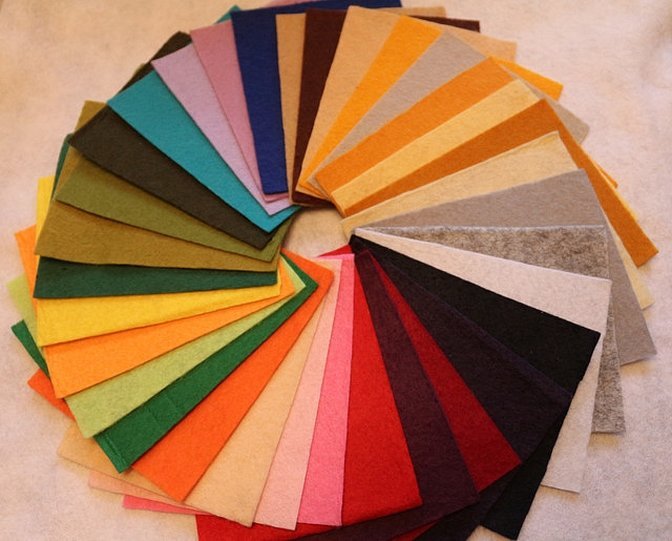
Depending on the composition, felt can be:
- pure wool (the best in terms of properties, has excellent thermal insulation properties);
- semi-wool (a mixture of wool and viscose, soft, easy to dye);
- synthetic acrylic felt (holds shape well);
- bamboo (a mixture of viscose and bamboo, durable, pleasant to the touch);
- eco-felt (made from recycled materials, such as plastic bottles, thin but very dense).
All about felt production
The quality of the fabric depends on its components. After all, what is felt? It is felted fibers of down or fur under mechanical action at high temperature. The raw material is carefully cleaned and sorted beforehand. In the process, the material is given the required thickness, density, and dyed.
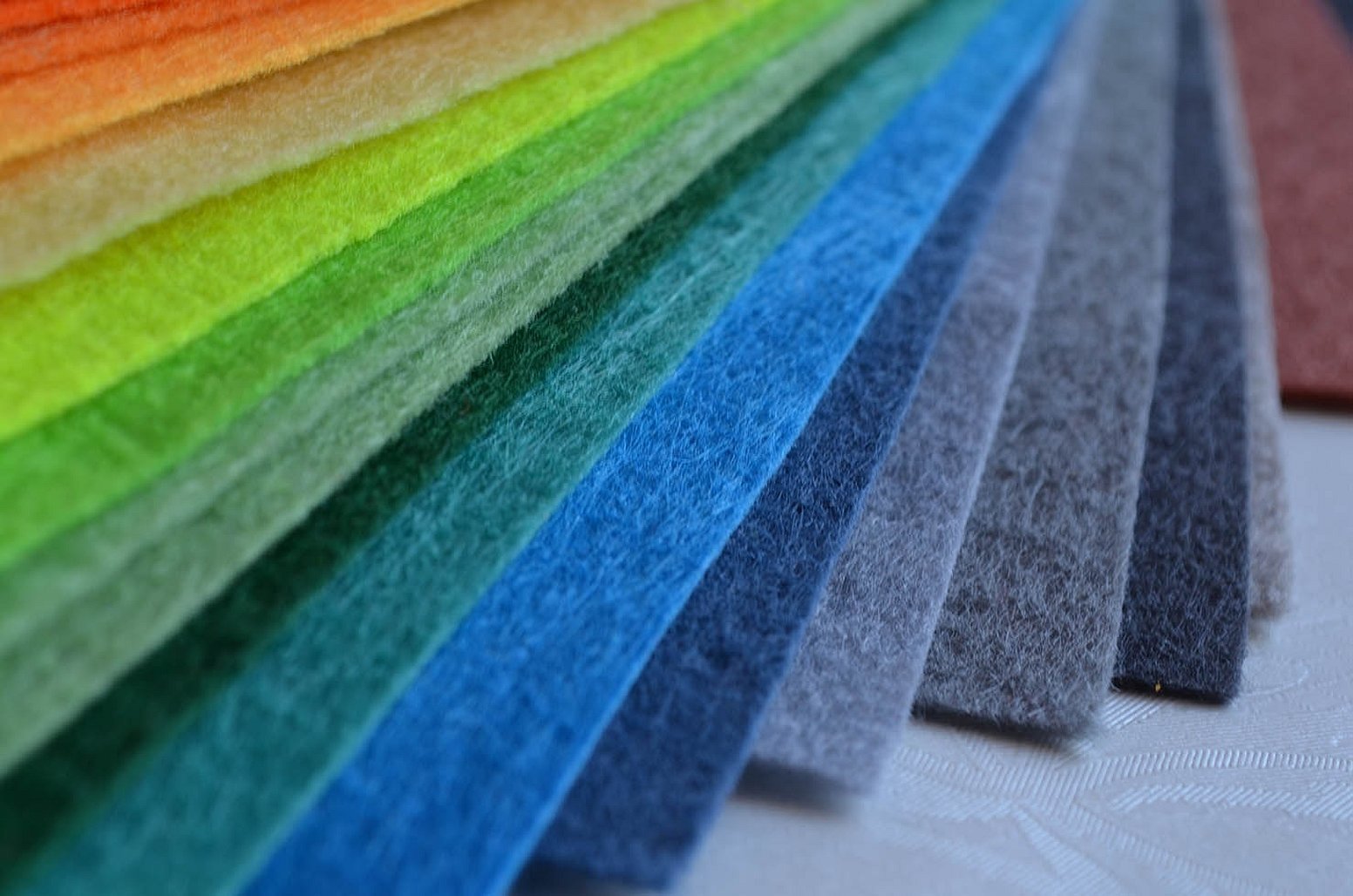
Types and varieties
Depending on the production method, this fabric can be in sheets or rolls.
According to appearance and structure, there are pile and smooth felt fabrics. In turn, pile felt has the following subtypes depending on the length of the pile:
- suede - pile length no more than 0.5 mm;
- short-pile - thick, soft pile 0.5-1.5 mm long;
- velour - vertical pile 1.5-2.5 mm long;
- long-pile - horizontal pile from 2.5 mm.
Application of felt textiles
Felt fabric should be used in the manufacture of things that are planned to be worn for a long time. Today, it is widely used for furniture upholstery, manufacturing parts, seals in the automotive and machine industries. Unfortunately, this fabric is not very common in the manufacture of clothing, except for all sorts of hats, coats and caps.
For your information! Felt has been mastered by needlewomen. Thanks to its pliability and ability to retain its shape for a long time, felt has earned a well-deserved place in the production of crafts of any complexity, as well as soft toys.

Advantages and disadvantages
In terms of manufacturing technology, it is similar to felt, however, it has a high density and strength, and is soft to the touch. Felt fabric cannot be torn by hand, and at the same time, it is flexible. Its edges do not require additional processing, since felt does not crumble, does not crumble, and does not have a reverse side. An important advantage of this material is also its environmental friendliness, antibacterial properties. It does not contain toxic substances.
Please note! Felt is highly hygroscopic, so it easily becomes damp, it is often damaged by moths, and this material is also prone to shrinkage over time, which makes it unattractive and untidy.
How to make felt with your own hands
Knowing what felt consists of, it is easy to make it at home. For this, use high-quality fur or fluff. First, the cleaned material is fluffed or pulled for a long time. Then, a layer of soap solution is applied with a sprayer to the work surface of the table, covered with film (you should use laundry soap).
The first layer of fur is laid, moistened with soap solution, covered with film with air bubbles and rolled with a rolling pin to remove excess air. All excess solution is removed with a napkin. The first layer is ready. The subsequent layers are made in the same way until the desired thickness is formed. Usually this is five to seven layers.
Then the fabric should dry, and the manufacturing process is complete. What might homemade felt look like? It will be practically no different from industrial felt.
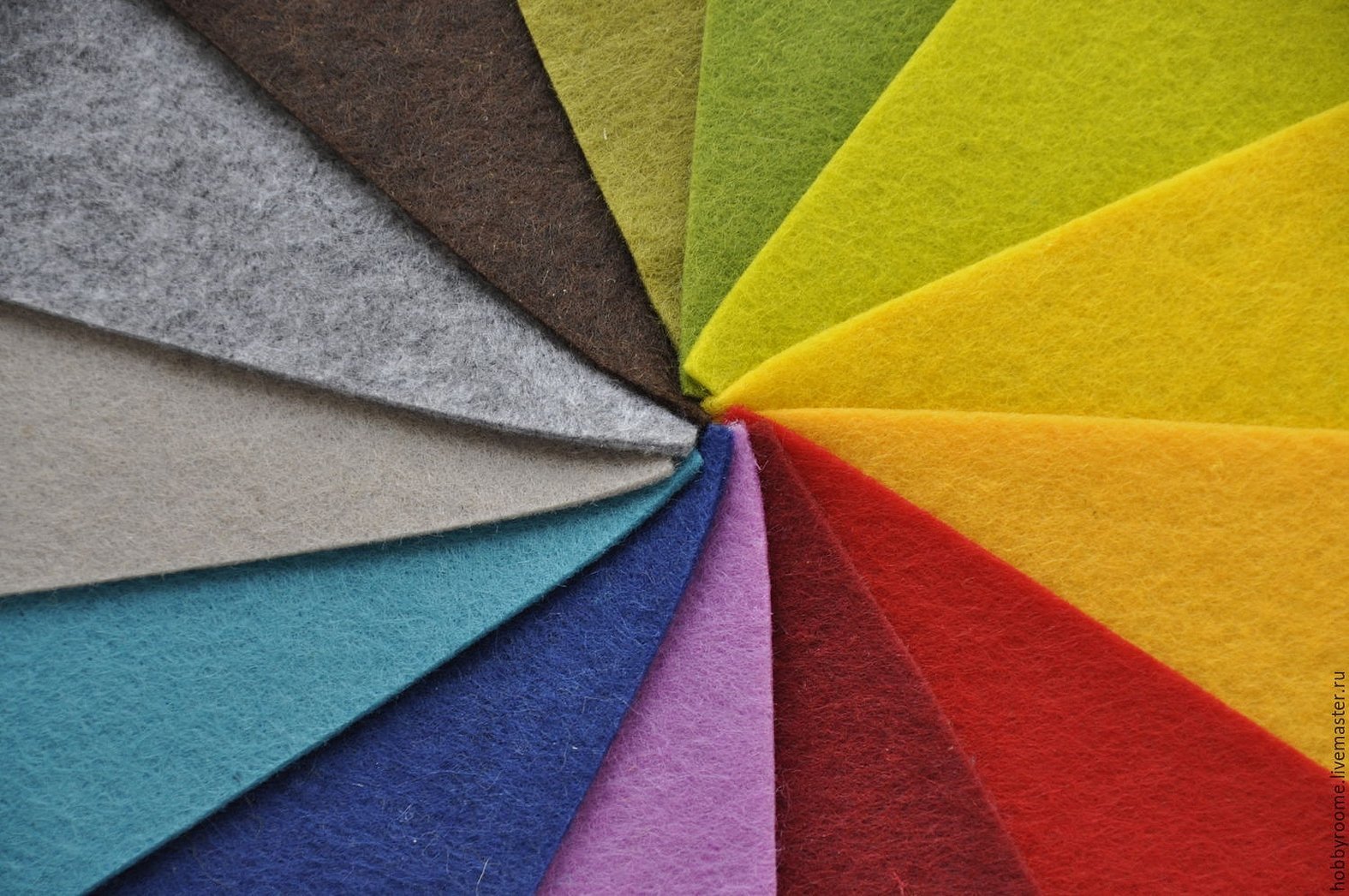
Working with felt
Handmade toys and crafts are becoming increasingly popular. There is no need to explain what felt is for handicraft lovers, as many craftsmen work with it, surprising with their crafts. Moreover, even a beginner can do this if there is at least a meter of this material in stock. The simplest master classes:
Felt sheep
To work you will need:
- felt;
- product pattern template;
- scissors;
- needle and thread No. 50;
- Iris threads or floss in black, red, green colors;
- black beads;
- plastic eyes.
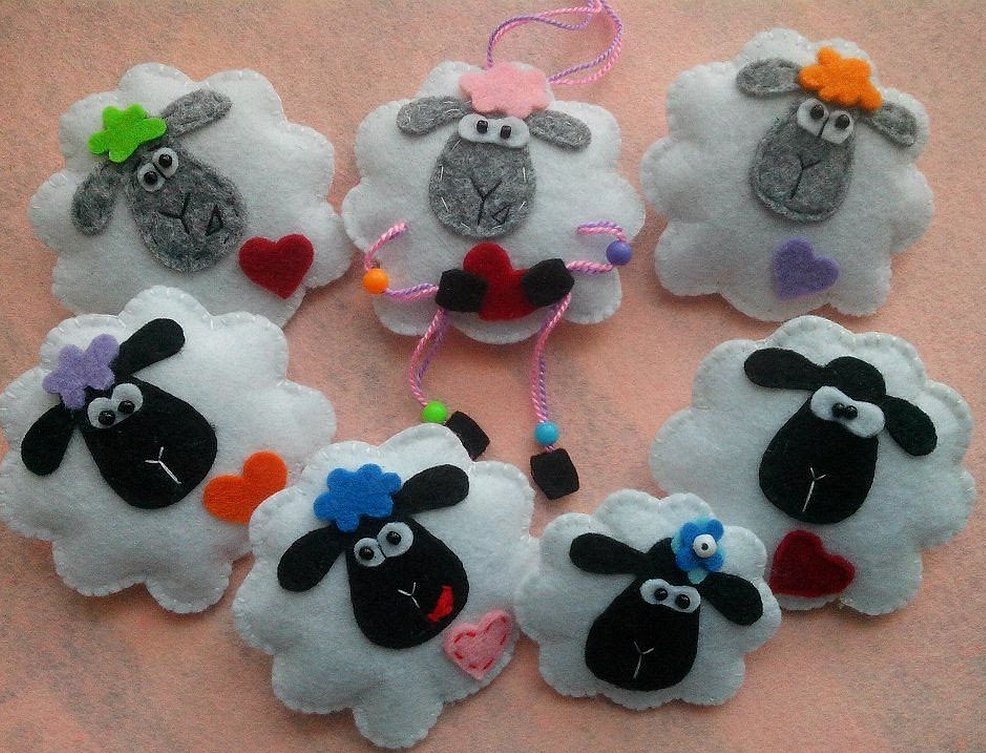
Using a template, make a pattern for the toy: two pieces of each element. Ears should be made 4 pieces each, the tail - 1 piece. Then connect the two parts of the head with a loop stitch, attach the bangs with oblique overcast stitches, and the ears with a basting stitch. Decorate the eyes with beads, make a nose from a small triangular piece of the remaining fabric.
Attach these parts to the main part of the front part of the body. Sew the tail to the main element of the back part. Then, using diagonal stitches, connect both parts of the body, leaving an opening between the legs of the sheep so that the toy can be put on a finger.
DIY Hot Stand
Materials required:
- felt;
- template for a pattern;
- hot glue.
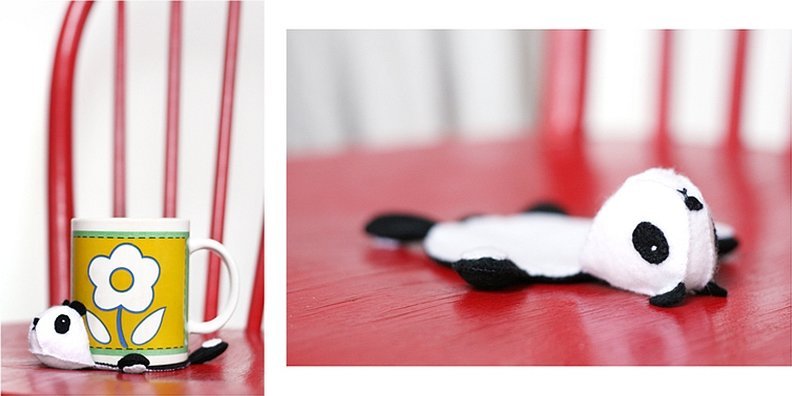
The product is cut out using a template. All elements are connected using hot glue.
Felt Christmas tree decorations
Making New Year's tree decorations is the most enjoyable activity. To do this, you need to stock up on thick paper, felt, pencil, threads, needles, and padding polyester for filling. Ribbons, beads, buttons, and rhinestones are used as decorations.
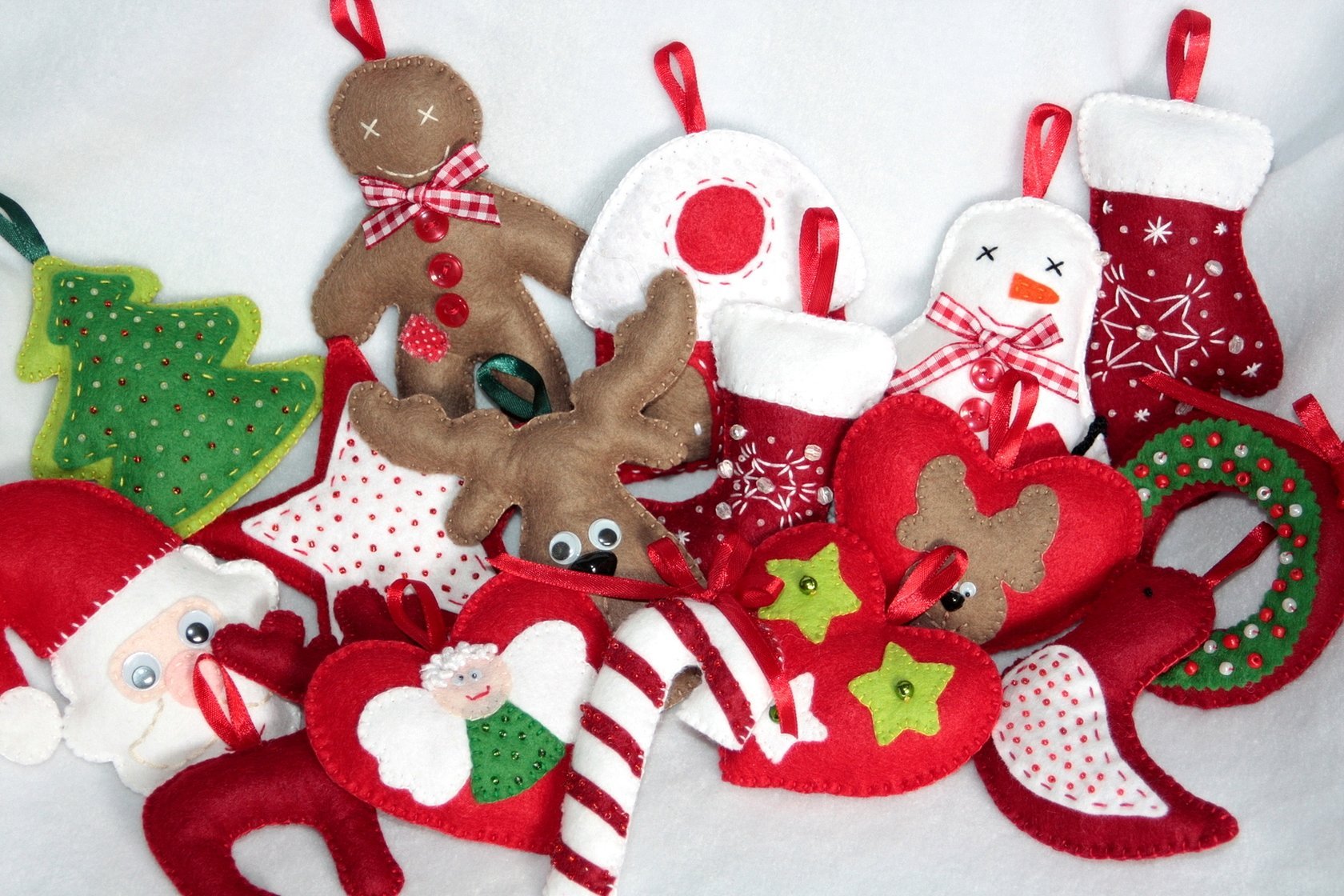
The manufacturing process also begins with the pattern of the elements. Possible options for toy pattern templates can be found in books, handicraft magazines, and the Internet. Then the parts are sewn together with suitable seams and decorated with ornaments.
Felt toys
You can sew any toy from this fabric: a cat, a dog, a bird, a fish, and even vegetables and fruits. The steps for making, the required materials are identical to those described earlier, only you also need to use synthetic padding as a filler to give the product volume.
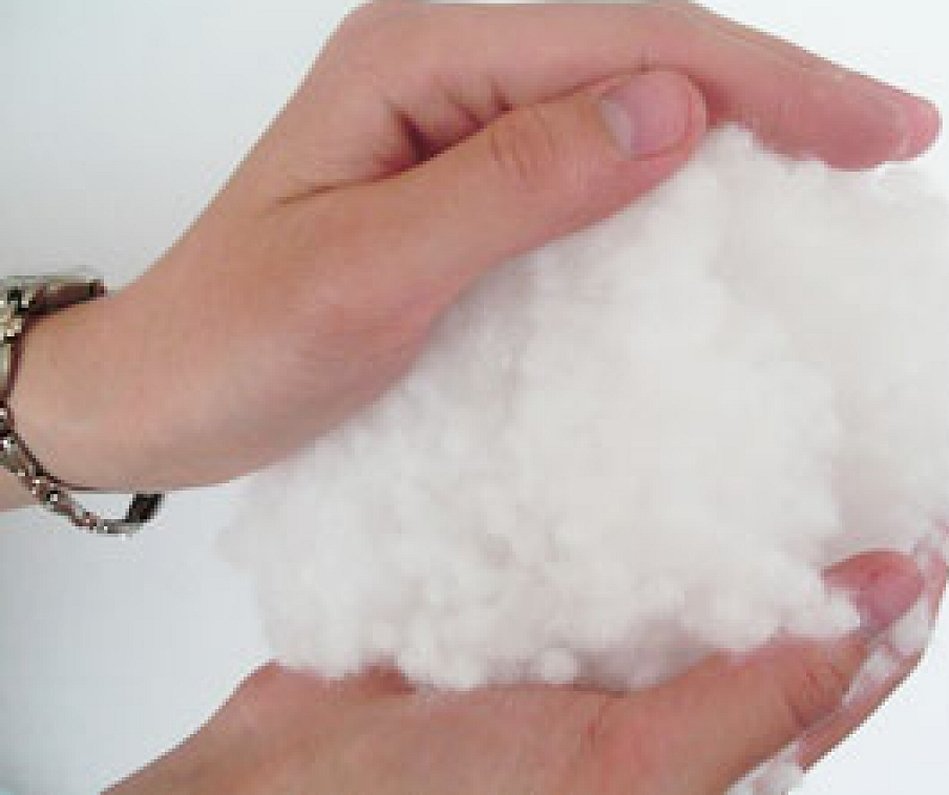
Master class "Felt fox"
The work will take no more than 3 hours. Necessary materials:
- felt in red, white, and black colors;
- synthetic fluff;
- scissors;
- satin ribbon;
- needle, thread in color;
- glue;
- plastic spout;
- blush;
- erasable marker, ruler;
- Sticky roller for clothes.
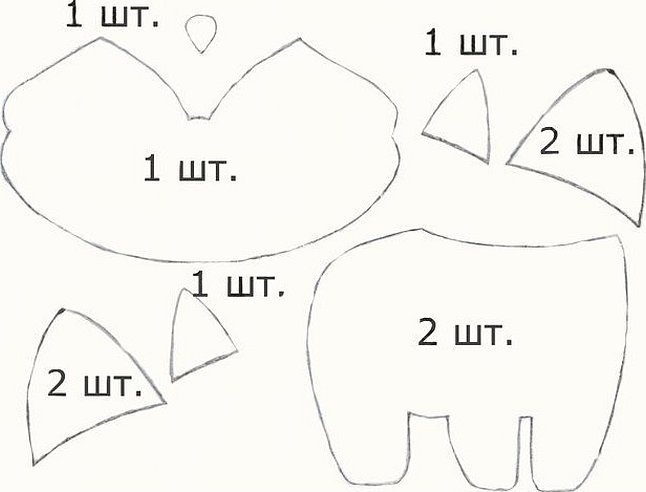
First, you should cut out the pattern elements using the template. Make sure that the pattern parts are symmetrical. Small parts - ears, tail and nose - should be glued to the large parts, and those in turn should be sewn with vertical stitches to the main parts.
Finish the ears with a blanket stitch and baste them to the front of the muzzle. Use a marker to draw eyes and a smile on the fox. Use black thread to embroider the eyes with eyelashes and a smile with a loop stitch, and then use an ear stick to apply blush to the cheeks.

The parts should be assembled in pairs, connecting them with an overcast stitch. You can pre-baste with a contrasting thread. First, sew the head elements, leaving an opening for stuffing with synthetic fluff (it is more convenient to do this with sushi chopsticks). Do the same with the rest of the toy. Then connect the elements filled with synthetic fluff with a blind stitch.
Important! The final step will be removing traces of the eraser marker, cleaning the product from lint with a sticky roller, and decorating the fox with a bow made of satin ribbon.
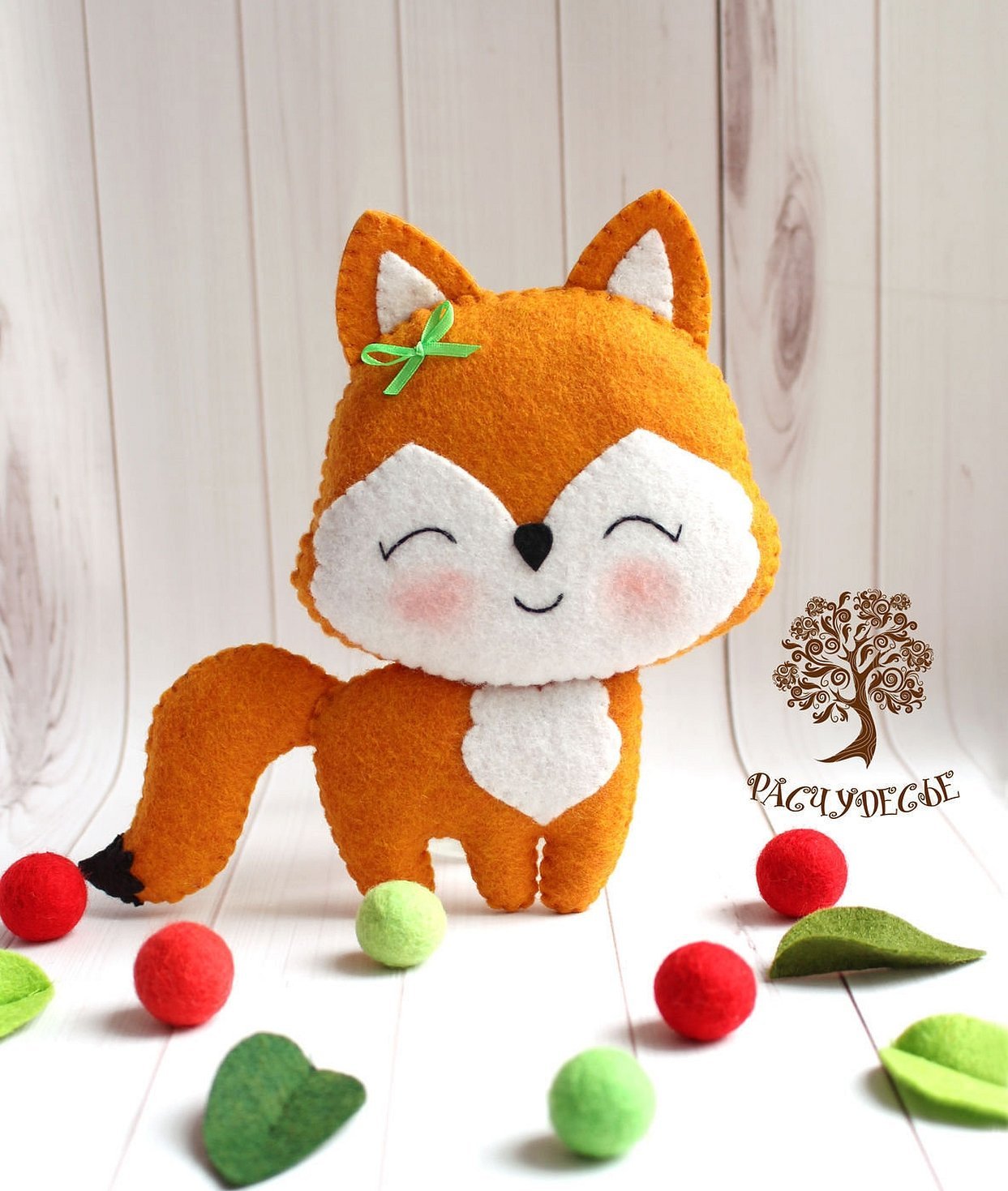
DIY Felt Letters
The main advantages of letters made of felt are that they are environmentally friendly and safe. They are made in the same way as the above-mentioned crafts. Such letters can be both flat and three-dimensional, be complete with a large base, using Velcro or sewn-in magnets, and represent a whole alphabet for the baby.
You can also make each letter with a loop and sew buttons to the base. In addition to the alphabet, you can make letters of the child's name and tie them to a crib or stroller.
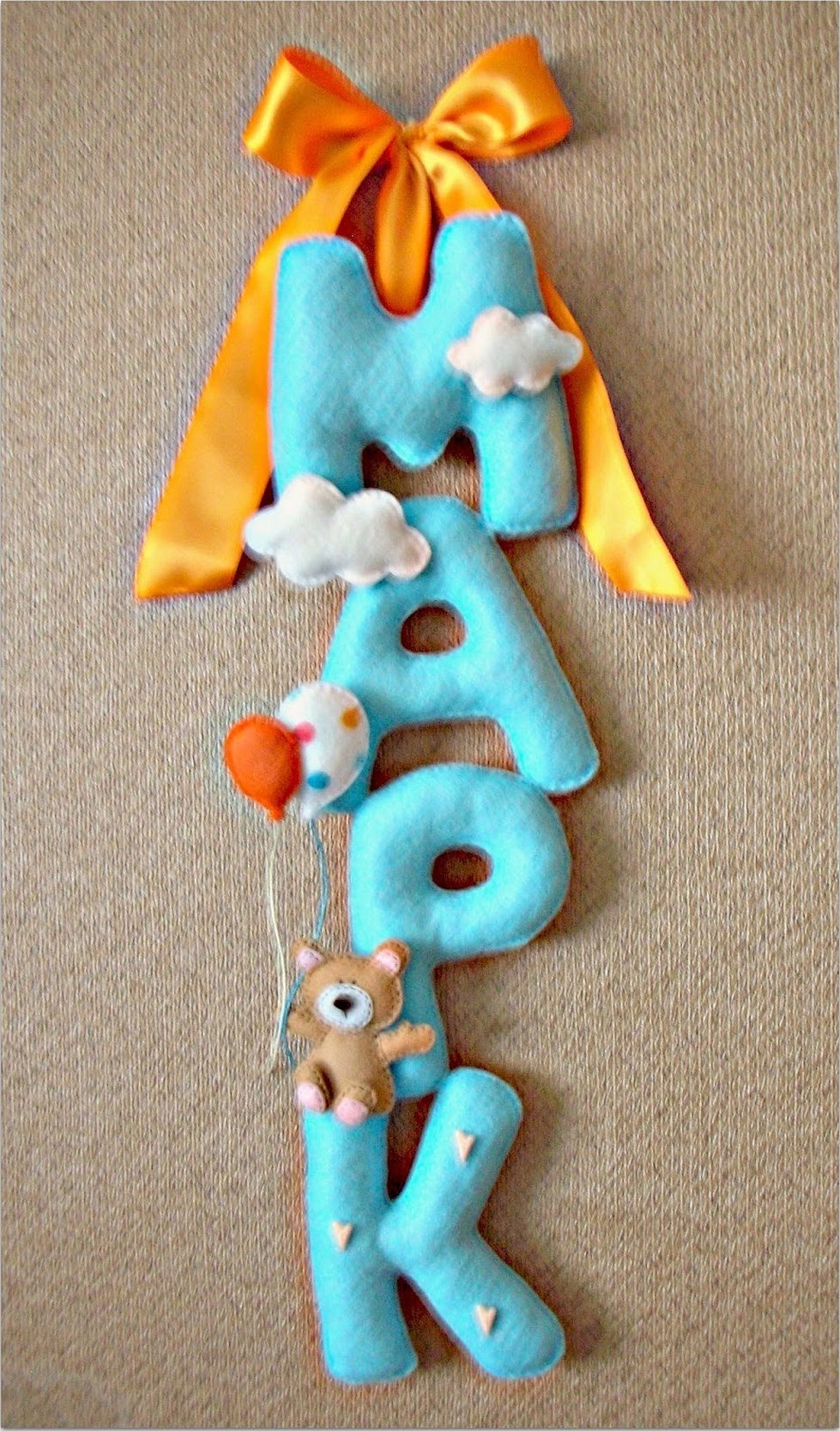
Recommendations for the care of felt products
It should be remembered that felt fabric is a hygroscopic material, so wet cleaning is contraindicated.
Important! You can only clean it with a lint roller for clothes or a dry soft toothbrush. It is not recommended to wash felt, but if the items are very dirty, you can use a delicate hand wash in room temperature water. Wringing is strictly prohibited. It is also prohibited to use bleach. Stains on felt should be removed with ammonia. You cannot leave it in the sun (it will lose its color) or on a radiator (it will lose its shape).
By providing the product with proper care, its service life can be extended for many years.
Thus, felt is a unique material that can be used everywhere. Of course, crafts made from it are of great interest. Moreover, this can interest children. Handicrafts will help to provide hours of time spent together, and for children, in addition, it will develop fine motor skills of the fingers and aesthetic taste.




